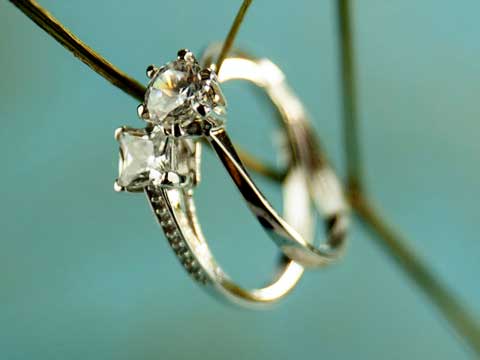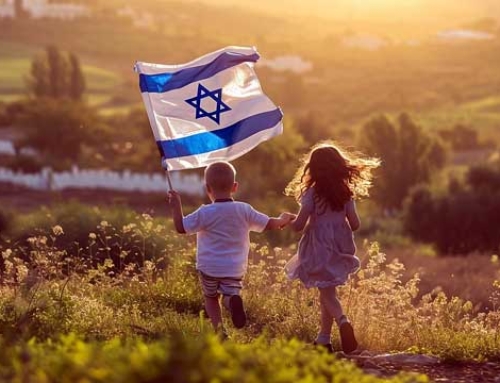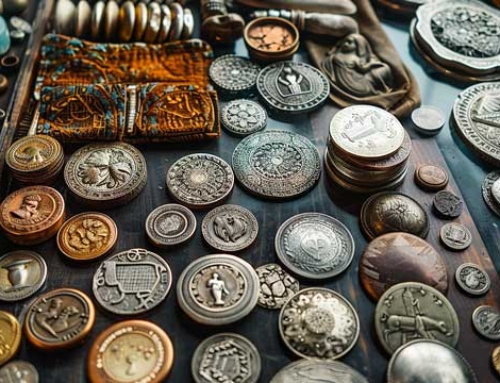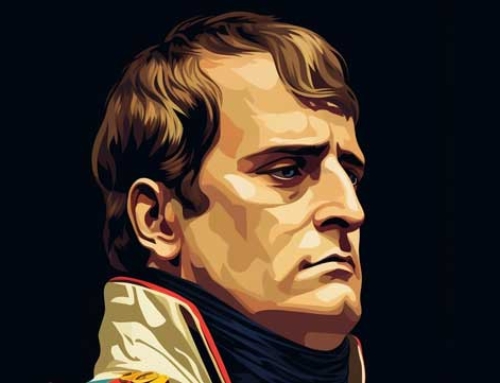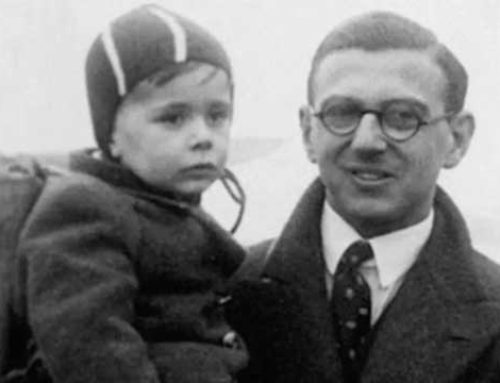What is so special about the diamond trade? 7 aspects under the magnifying glass.
Diamond Trade
Trading diamonds has always been a small and close-knit market in which many market participants know each other personally. Often, trading relationships have grown over decades, if not generations. Trust is the industry’s hardest currency in a relatively small market that turns over just about 79 billion USD a year.
What is so special?
An example explains what is special about the diamond trade: For the purchase of a car worth several thousand euros, one needs a purchase contract of several pages. For the purchase of a house for several hundred thousand euros, one needs an even more comprehensive purchase contract drawn up by a lawyer as well as a notary.
In the diamond industry, transactions – even of larger amounts over one million euros – are sealed and settled by handshake. A piece of paper with the purchase price and the description of the diamonds is sufficient.
How does it work?
Because the market is so small, trust means everything and word of misconduct spreads overnight. A misstep or unfair business practices are punished by expulsion from the exchange. No one does business with cheats and if you lie once – you are not believed. The security lies in the fact that you cannot afford to make a misstep.
Antwerp
The city of Antwerp in Belgium plays a prominent role in the world of diamonds. With over 500 years of history as the centre of the diamond trade and diamond cutting, Antwerp is still indispensable as a global hub for the industry.
Diamond trade Antwerp
84% of all rough diamonds (by volume) are traded in Antwerp. More than 50% of the trade in polished diamonds goes through Antwerp. And even about 40% of all industrial diamonds change hands in the city – a total of about 26,000 people in the city of 500,000 inhabitants are directly or indirectly employed in the diamond industry.
India
Until 1725, India was the only place where diamonds were found. Also, most of the most famous and largest diamonds come from India. Since the 1970s, the country has risen to become the world’s cutting and polishing centre.
The rise
Meanwhile, 90% of all diamonds (by volume) are polished in India. By value, it is still 60% of global production. In 2011, India even imported more diamonds than were mined worldwide. Over 800,000 cutters work in the diamond industry in India.
In comparison, China and Thailand together have only about 40,000 cutters. India is indispensable in the diamond trade today.
First small, then big
The background to this rise may be, on the one hand, India’s diamond-infused past. However, the favorable labour costs are certainly responsible for this: compared to the USA, polishing in India costs only about one tenth.
In the early 1970s, it was mainly small diamonds that were polished in Surat. Over the decades, however, a large industry has developed from this, which now has the expertise to process even the finest diamonds.
Diamond trading exchanges
There are over 30 diamond exchanges worldwide where rough and polished diamonds are traded. The six most important centres for diamonds are: Antwerp, Dubai, New York, Hong Kong, Mumbai and Tel Aviv.
Antwerp alone has four diamond exchanges, making the city the world’s largest trans-shipment centre for the coveted gemstones. In addition to the traditional centres, the rapidly growing exchange in Dubai, founded in 2002, is particularly interesting for diamond trading.
In the past, diamonds were appraised in the various exchanges and changed hands on the spot – sometimes after difficult price negotiations.
In contrast, most diamond trading today is done digitally on electronic lists. There, diamonds are traded internationally according to certificate and price. Gemological institutes like the renowned “Gemological Institute of America” (GIA) certify diamonds neutrally, professionally and objectively – and thus make diamonds comparable. This is what made worldwide diamond trading on digital exchanges possible in the first place.
Diamond trade in the future
Technological development does not stop at the diamond trade and the diamond trade. Ongoing digitalisation is leading to a market that is evolving at an ever faster pace. Supply and demand are more accurately reflected in the price than ever before due to digital development. New business models characterized by online sales, more transparency and easy comparability show a worldwide trend. But even more: automatic machines could compete with the large cutting and polishing industry in India and bring the grinding companies back to Europe.
Determining the cut as well as the proportions is nowadays easier and more exact than ever before thanks to optical scanners. In the past, when a rough diamond was cut, one relied on the experience of a long-standing expert. Nowadays, computers create 3D models of the rough diamond and calculate the optimal utilisation of the stone. If you consider that a brilliant loses about 60% of its weight in the cutting and polishing process, you can imagine how important these technical achievements are. Many see even the graduation of colour and clarity soon being automated.


